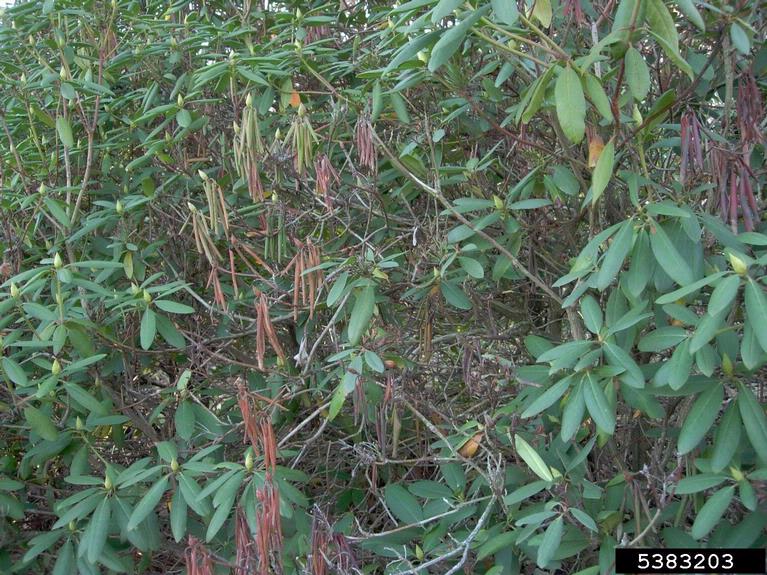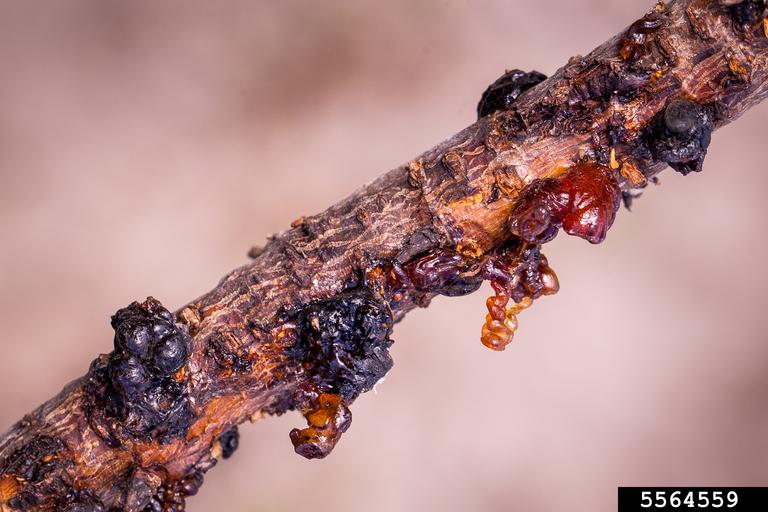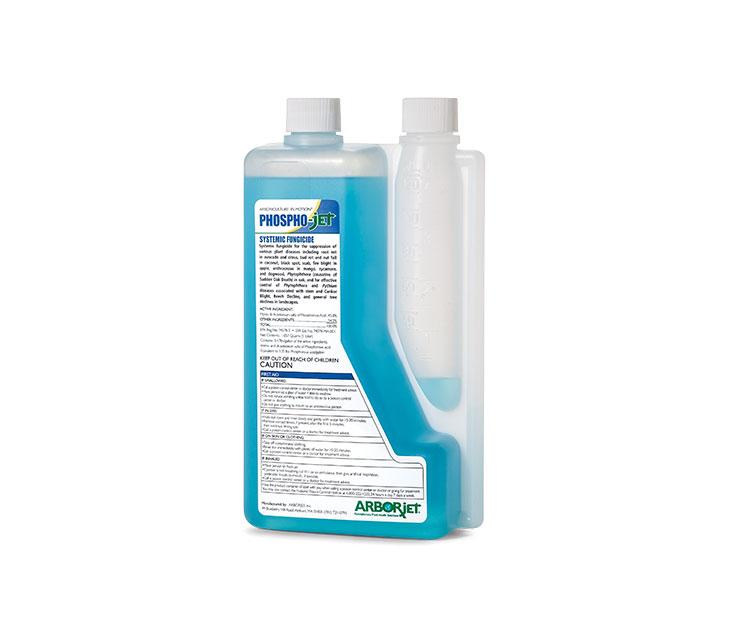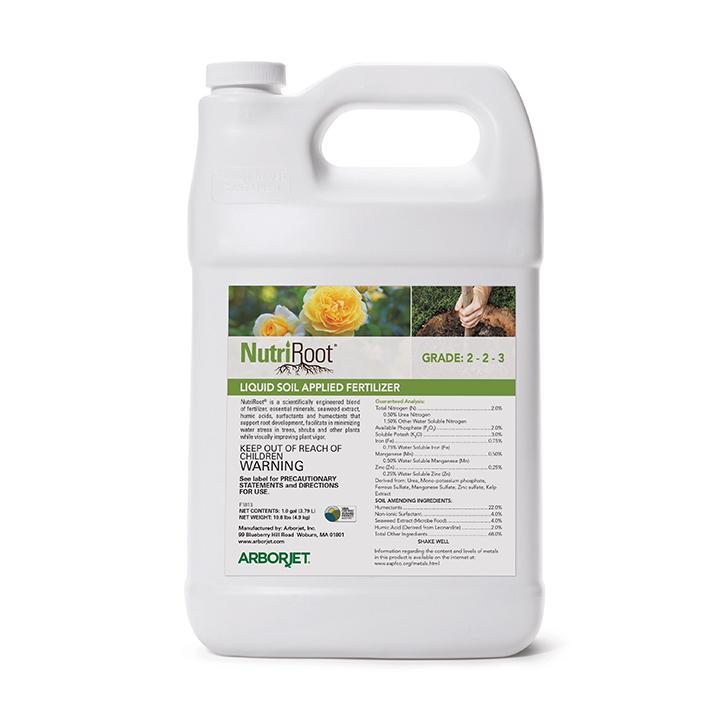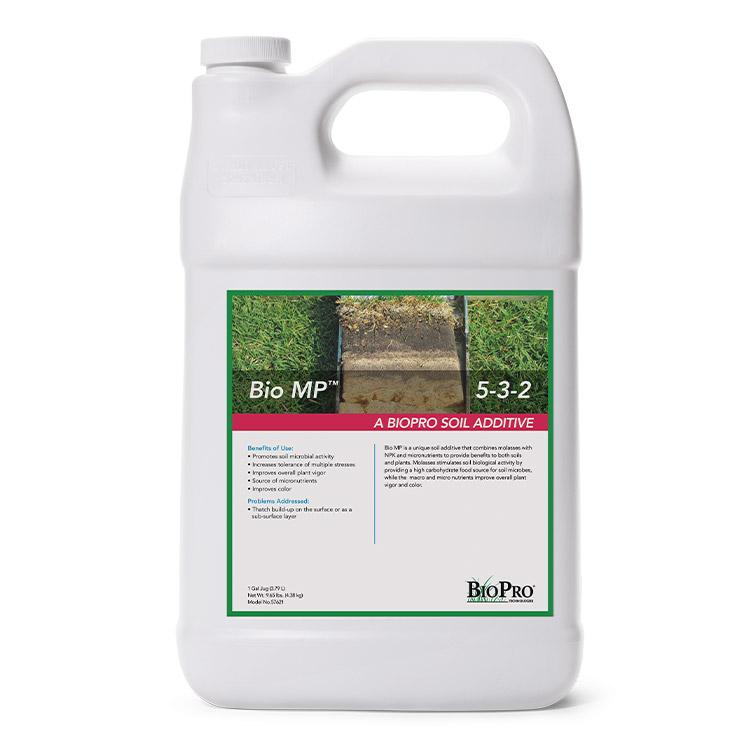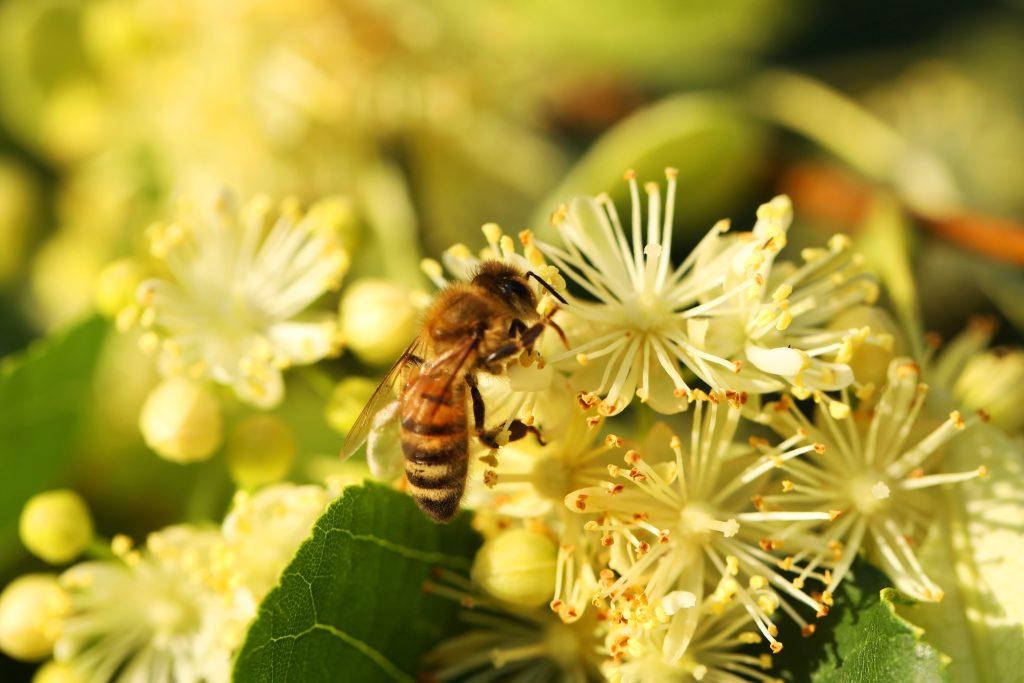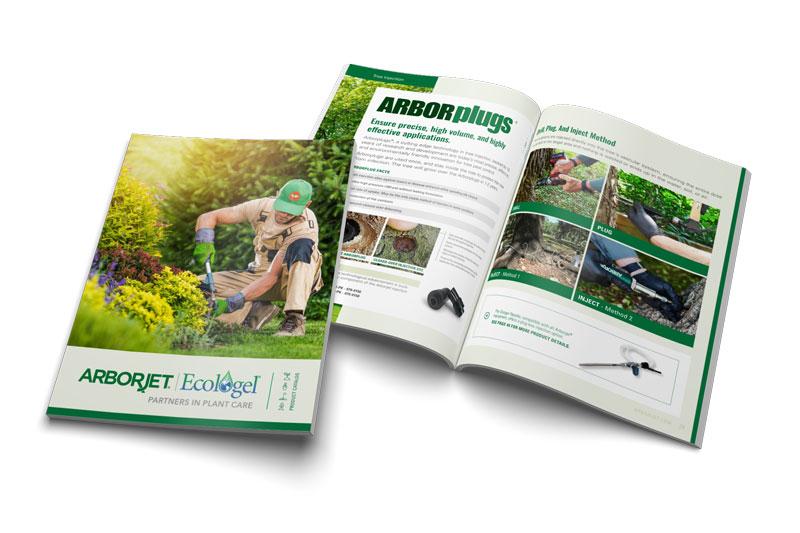Botryosphaeria Canker
Fungi in Botryosphaeria genus are known causal organisms for dieback and cankers in many trees and shrubs. Botryosphaeria species are typically opportunistic pathogens; they will attack trees that are stressed due to biotic and abiotic conditions. Cankering can become quite extensive within the cambium layers, heartwood and inner bark of woody plants, cutting off the tissues that transport water and nutrients throughout the plant. Fungi can colonize certain fruits as well as woody tissue.
Common Symptoms
Botryosphaeria is found in all geographical and climatic areas of the world, except Antarctica. Due to the tremendous diversity of Botryosphaeria species, hundreds of plant genera, including angiosperms (flowering plants) and conifers, are susceptible to cankers and dieback, especially when plant vigor is low. Some of the most afflicted plants include apple/ crabapple, arborvitae/cypress, ash, beech, birch, cherry, dogwood, elm, fig, fir, hemlock, holly/inkberry, honey locust, juniper, linden, magnolia, maple, oak, pine, poplar, redbud, rhododendron/azalea, spruce, sweet gum, sycamore, tulip tree, walnut, willow, and yew.
Symptoms commonly seen on trees and shrubs diagnosed with Botryosphaeria are wilting or dieback of branches. In certain branches, buds may fail to open in the spring. Cankers also can be observed on large branches and trunks. Cankers may appear dark and sunken, surrounded by callused wood. When the bark over a cankered area is removed, the wood underneath will be brown to reddish-brown instead of white. On trees, gummosis (gummy exudate), blisters and/or black fungal spore-producing structures (pycnidia) are often present on diseased cankered tissue and the bark surface. The spread of fungal spores is possible by wind and splashing of rainwater during wet weather in the spring. Infections are initiated by spores germinating in wounds and natural openings such as lenticels.
Treatments
Prune out diseased branches several inches below any visible cankers or dead wood. Arborjet recommends preventative spray applications of PHOSPHO-jet™ to trees and shrubs in the spring. To increase the resilience of trees or shrubs, a follow up application of NutriRoot® (2-2-3), Bio MP™ (5-3-2 plus molasses), EnviroPlex™ (22% humic acid) or CytoGro® (a source of kinetin) is recommended. These products are formulated to enhance soil microbiology and plant health. Incorporating a moisture manager into the root zone, such as Hydretain® helps manage drought stress.
References And Photo Credits
Header Image: Wilting of rhododendron branches; Elizabeth Bush, Virginia Polytechnic Institute and State University, Bugwood.org
Botryosphaeria canker on cypress: Home & Garden Information Center, U of MD
Gummosis symptom on peach: image taken by Matthew Borden, University of Florida, Bugwood.org
Botryosphaeria fruiting bodies on honeylocust branch: image taken by Nicholas Brazee, UMass Extension

